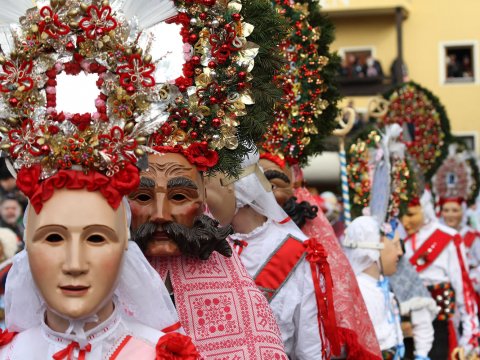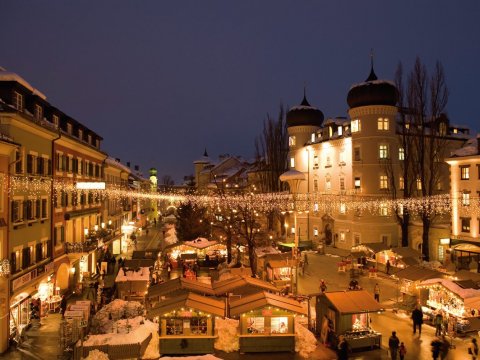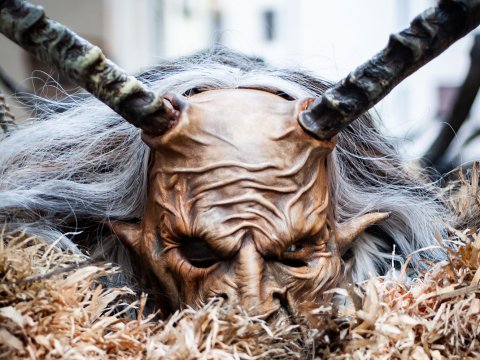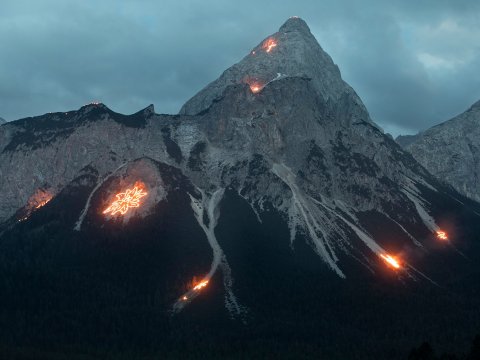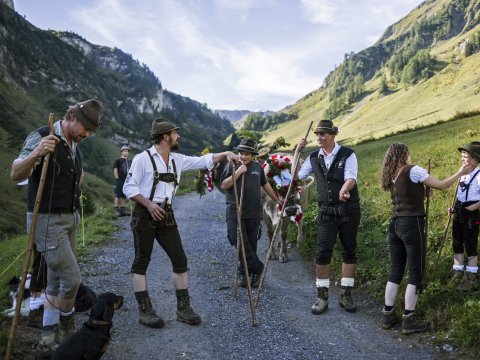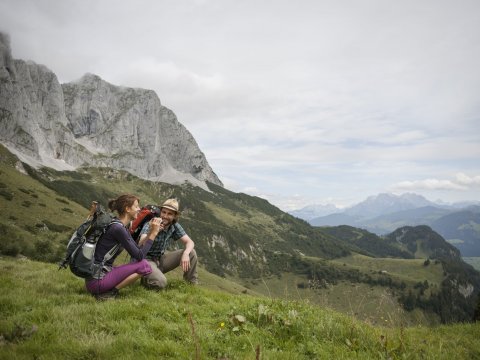The Erl King. Crowned by the Festival House.

A few years ago, loud noises were heard near Erl. The first portion of rock was blast away on the building site, of a total of 110,000 tonnes of rock. Luckily, this remained the major interference into the historic ensemble on the western slope of Eiberg Mountain. The new Festival House resembles an angular stealth bomber that grows out of the surrounding forest and that might appear forceful and strident at first glance. Upon closer inspection, however, the perfectly camouflaged concert building fits unobtrusively into its natural surroundings. It is the long overdue annex to the Passion Play House, which was built in 1959 by Robert Schuller. The Festival House’s geometry develops from the surrounding topography and places the building and the already existing Play House in juxtaposition. Its positioning relates to the existing landscape, the dynamic gesture of the historical counterpart, as well as the background rock formations.
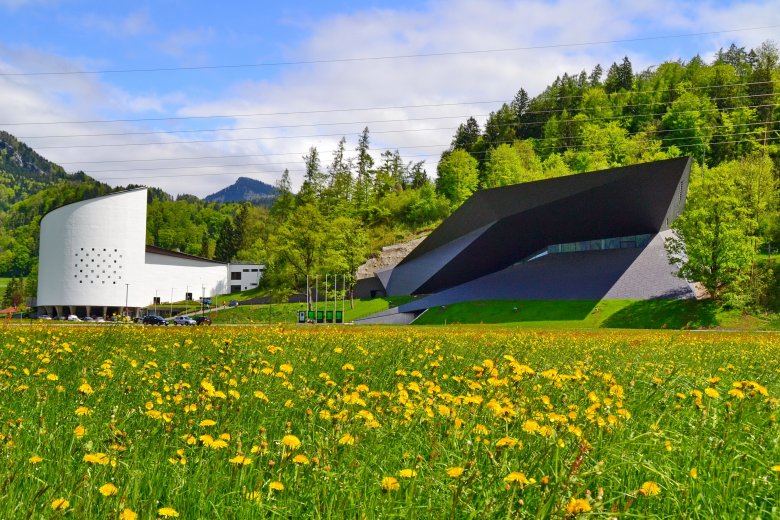
The New Building Engages the Old One in A Dialogue.
The new black Festival House was designed by Delugan Meissl Associated Architects from Vienna, abbreviated to DMAA, to contrast with the curved white Play House it accompanies. It’s a play of colours, contrasts and of the seasons. In the summer, the white Passion Play House stands out from the green landscape while the new hall vanishes inconspicuously amid the surrounding dark woodland. In the winter, the black thorn makes a greater impact against the wintry white landscape. Since 1998, the iconic Play House has also been the home of the Tirol Festival, which was founded by Gustav Kuhn and very quickly achieved international renown. Lack of heating meant that the building was suitable only for summer performances and it did not have the infrastructure necessary to run a regular festival so that the idea of erecting a new building soon arose. Imposed by Festival President Hans Peter Haselsteiner, the new building had to work with the topography, just as the old Play House does. Whereas the soft, curved form of Schuller’s Passion Play House seems to wind its way into the slope, Delugan Meissl’s crystalline, sharp-edged Festival House grows out of it. Each of the buildings has sufficient air to engage the other in a dialogue.
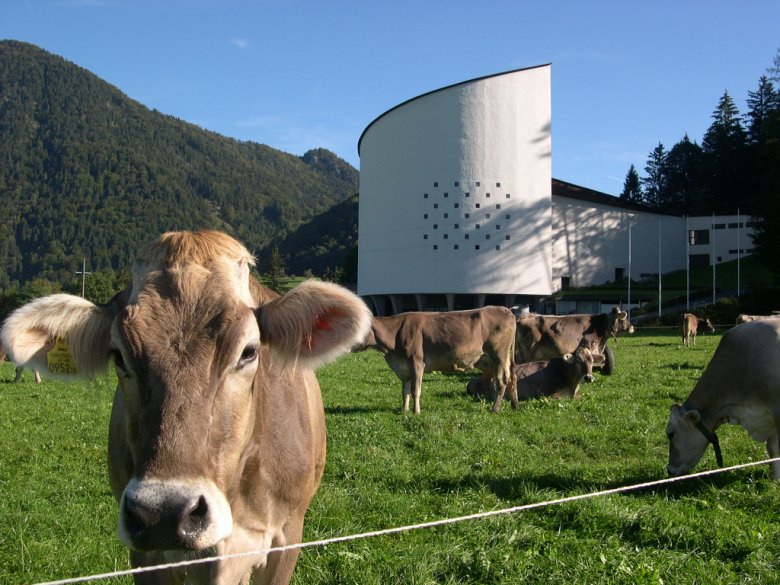
An Exposed Jewel of Solemn Mightiness.
Without signage and without pomp and fanfare, people easily find their way into the foyer. The architecture speaks a clear and unambiguous language. Upon climbing forty-three steps, you reach the interior, white walls, a light-coloured floor, and dramatic geometry in all dimensions. Here, Delugan Meissl’s ideas of fluid spaces come into full force, the spatial interconnections are sophisticated and sublime. After what seems like minutes of initial bewilderment, you can finally comprehend the expansive foyer in its entirety. A few more decisive steps bring you into the wood-lined concert hall. The floors, walls, and ceiling are covered with stained acacia wood, allowing the auditorium and stage to merge almost seamlessly. The interior is somewhat reminiscent of a violin case that has been sawn apart and reassembled. Subdued LED light is emitted from the gaps between the jagged wooden shapes. DMAA speak metaphorically and not entirely modesty about an “exposed jewel”. And, well, somehow they are right.













